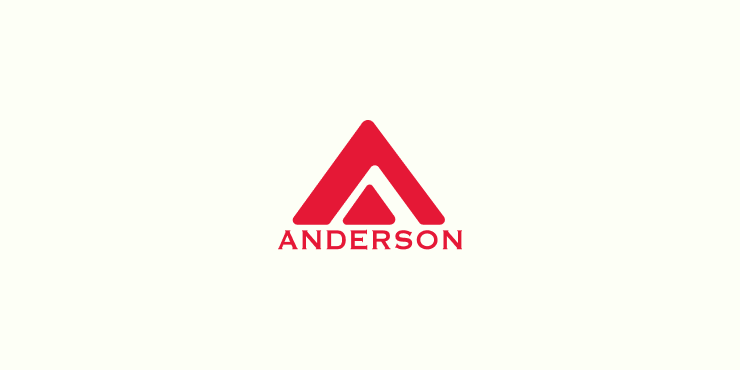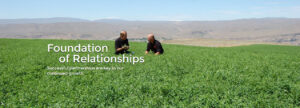Elephants, Timothy Hay, and Horses
Timothy hay feeds more than just domestic livestock. In fact, timothy hay forms the basis of several species of zoo animals’ diets. Particularly, timothy hay is a popular addition to diets fed to elephants in zoos everywhere.

Elephants are the largest mammalian herbivores. Elephants are grazers and browsers and in the wild they will eat anything from grass to trees. Because grass hays are easy to harvest, store, and feed, elephants in zoos are typically fed a diet based on grass hay. Unfortunately, because digestibility studies are expensive and the numbers of elephants are limited, not much is known about the digestive physiology of elephants. Because of this fact, zoo animal nutritionists oftentimes will infer nutritional needs of zoo animals from knowledge gathered from studies with domestic animals. Fortunately, the digestive tracts of horses and elephants are similar; thus, the horse is commonly used as a model to estimate the nutritional needs of elephants.
Is a horse an elephant? Obviously, the answer to that question is NO! However, despite the obvious size difference, elephants and horses are both hindgut fermenters, unlike cattle, who are foregut fermenters. In both species, feed is chewed and mixed with saliva in the mouth and after it is swallowed, it moves down the esophagus to the stomach. From the stomach, feed moves through the small intestine and into the colon. At the junction of the small intestine and colon is the cecum. Symbiotic microorganisms that reside in the colon and cecum ferment plant fiber into volatile fatty acids that are absorbed and used for energy. Fermentation in the hindgut allows elephants to utilize feeds with high levels of fiber. And because of the similarities in the digestive systems between horses and elephants, diets for elephants are commonly based on equine feed digestibility studies.
Since elephants are not horses and preliminary nutrition studies with elephants indicate that there are some important differences, additional studies with elephants are paramount to assess the validity of an equine model for elephant digestive processes.
About 10 years ago, a group of researchers in Germany fed Asian elephants a collection of different feedstuffs and determined the digestibility of each and compared those results to digestibility data from horses (1). Interestingly enough, elephants did not digest the feedstuffs as efficiently as horses. Elephants appear to have significantly faster rates of passage than horses. In other words, feed and digesta move through the gastrointestinal tract faster in elephants than in horses. This reduces the time that microorganisms have to ferment the feed, which subsequently results in less feed digested. The lower digestibility of feeds by elephants may be an important mechanism for maintaining and balancing ecosystems (2). Elephants are known as keystone species – or animals that play a unique and crucial role in an ecosystem (3). Lower feed digestibilities allow seeds to pass through the digestive system, resulting in spread of seeds through the environment. In addition, higher concentrations of nutrients are excreted in elephant dung, which acts as fertilizer for seeds and is also a food source for other species.
To receive this blog from Anderson Hay directly in your email, subscribe above on the right.
References
(1) Clauss, M., W. Loehlein, E. Kienzle, and H. Wiesner, 2003. Studies on feed digestibilities in captive Asian elephants (Elephas maximus). J. Anim. Physiol. A. Anim. Nutr. 87:160-173.
(2) http://thinkelephants.blogspot.com/2012/10/elephants-ecosystems-engineers.html
(3) http://education.nationalgeographic.com/education/encyclopedia/keystone-species/?ar_a=1


